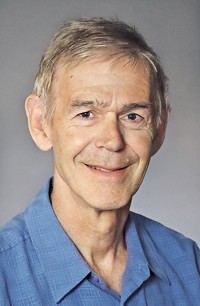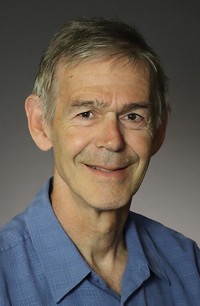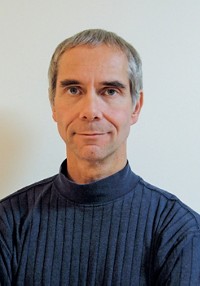Advertisement
Grab your lab coat. Let's get started
Welcome!
Welcome!
Create an account below to get 6 C&EN articles per month, receive newsletters and more - all free.
It seems this is your first time logging in online. Please enter the following information to continue.
As an ACS member you automatically get access to this site. All we need is few more details to create your reading experience.
Not you? Sign in with a different account.
Not you? Sign in with a different account.
ERROR 1
ERROR 1
ERROR 2
ERROR 2
ERROR 2
ERROR 2
ERROR 2
Password and Confirm password must match.
If you have an ACS member number, please enter it here so we can link this account to your membership. (optional)
ERROR 2
ACS values your privacy. By submitting your information, you are gaining access to C&EN and subscribing to our weekly newsletter. We use the information you provide to make your reading experience better, and we will never sell your data to third party members.
Environment
Eaton To Be First Hammes Lecturer
August 11, 2008
| A version of this story appeared in
Volume 86, Issue 32
THE INAUGURUAL Gordon G. Hammes ACS Biochemistry lectureship will be presented at the fall 2009 ACS national meeting in Washington, D.C., by William A. Eaton, chief of the Laboratory of Chemical Physics, National Institute of Diabetes & Digestive & Kidney Diseases.
Eaton is being recognized for his innovative spectroscopic and kinetic studies of proteins, which have yielded deep insights into protein self-assembly, allosteric ligand binding, and the elementary events in protein folding.
The lectureship is jointly administered by the editor-in-chief of Biochemistry and the ACS Division of Biological Chemistry. Each year, it will go to an individual who has had a major impact on scientific research at the interface between chemistry and biology, particularly in the realm of biochemistry, biological chemistry, molecular biology, and biophysics.
For more than 35 years, Eaton has conducted innovative experiments and made conceptual breakthroughs in biophysical chemistry that have resulted in profound progress toward the solution of several central problems in biophysics. His early successes were in the area of protein self-assembly. This work has provided a description of hemoglobin S polymerization that is complete and firmly grounded in the principles of physical chemistry. It culminated in the proposal that a small dilution of sickle hemoglobin would be therapeutic, which has received dramatic confirmation in a large-scale clinical trial.
Sickle cell gelation experiments were enabled by Eaton’s early studies on the electronic structures of the heme regions in hemoglobin and myoglobin and on the dynamics of ligand binding and protein conformational changes. He has unambiguously shown that cooperative oxygen binding to hemes requires a change in quaternary structure. Eaton then explained the failure of this same model to account for the regulation of oxygen affinity by the binding of allosteric effectors at sites distant from hemes. In addition, he and his collaborators performed the first experiments on the nanosecond to picosecond dynamics of conformational changes and energy flow in heme proteins by means of light-pulse-induced deligation experiments.
Most recently, Eaton has made seminal advances in the understanding of the fast events in protein folding. He has pioneered the application of a broad array of kinetic methods to the study of protein folding, including laser temperature jump and very fast flow methods. His combination of these flow methods with small-angle X-ray-scattering measurements to examine the compaction of polypeptide chains is particularly impressive.






Join the conversation
Contact the reporter
Submit a Letter to the Editor for publication
Engage with us on Twitter